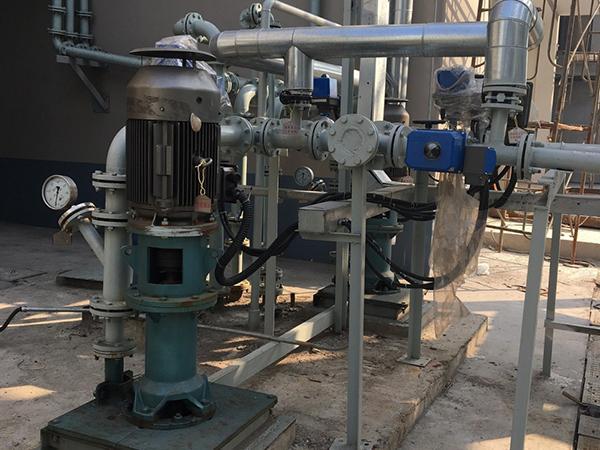Thai
- Afrikaans
- Albanian
- Amharic
- Arabic
- Armenian
- Azerbaijani
- Basque
- Belarusian
- Bengali
- Bosnian
- Bulgarian
- Catalan
- Cebuano
- Corsican
- Croatian
- Czech
- Danish
- Dutch
- English
- Esperanto
- Estonian
- Finnish
- French
- Frisian
- Galician
- Georgian
- German
- Greek
- Gujarati
- Haitian Creole
- hausa
- hawaiian
- Hebrew
- Hindi
- Miao
- Hungarian
- Icelandic
- igbo
- Indonesian
- irish
- Italian
- Japanese
- Javanese
- Kannada
- kazakh
- Khmer
- Rwandese
- Korean
- Kurdish
- Kyrgyz
- Lao
- Latin
- Latvian
- Lithuanian
- Luxembourgish
- Macedonian
- Malgashi
- Malay
- Malayalam
- Maltese
- Maori
- Marathi
- Mongolian
- Myanmar
- Nepali
- Norwegian
- Norwegian
- Occitan
- Pashto
- Persian
- Polish
- Portuguese
- Punjabi
- Romanian
- Russian
- Samoan
- Scottish Gaelic
- Serbian
- Sesotho
- Shona
- Sindhi
- Sinhala
- Slovak
- Slovenian
- Somali
- Spanish
- Sundanese
- Swahili
- Swedish
- Tagalog
- Tajik
- Tamil
- Tatar
- Telugu
- Thai
- Turkish
- Turkmen
- Ukrainian
- Urdu
- Uighur
- Uzbek
- Vietnamese
- Welsh
- Bantu
- Yiddish
- Yoruba
- Zulu
Telephone: +86 13120555503
Email: frank@cypump.com
พ.ย. . 18, 2024 23:08 Back to list
submersible non-clog sewage pump
Understanding Submersible Non-Clog Sewage Pumps An Essential Component in Wastewater Management
When it comes to efficient wastewater management, submersible non-clog sewage pumps are vital components that facilitate the safe and effective transportation of sewage and dirty water. These pumps are designed to operate underwater, making them particularly suited for various applications, including municipal sewage systems, industrial wastewater treatment, and residential sewage systems. This article will delve into the features, benefits, and applications of submersible non-clog sewage pumps, illustrating how they play an essential role in modern infrastructure.
What is a Submersible Non-Clog Sewage Pump?
Submersible non-clog sewage pumps are specialized pumps designed to handle solids-laden wastewater without becoming clogged. Unlike traditional pumps that are installed above the water surface, submersible pumps operate immersed in the sewage, which allows for more efficient movement of waste. A non-clog design is crucial because sewage often contains debris, such as paper, rags, and other solids that can easily obstruct the pump’s operation. These pumps are typically constructed from durable materials such as stainless steel or cast iron, ensuring they can withstand harsh conditions while providing reliable performance.
Key Features of Submersible Non-Clog Sewage Pumps
1. Non-Clog Design As the name suggests, the primary feature of these pumps is their non-clog design. They often utilize an impeller specifically engineered to handle solids without blockage. The vortex or semi-vortex impeller design allows for the passage of solids up to a certain size, depending on the pump's specifications.
2. Submersible Operation Submersible pumps can be fully submersed in the sewage, which leads to significant energy savings. By eliminating the need for suction lines and priming systems, these pumps provide a more efficient and compact solution for moving wastewater.
3. Corrosion Resistance Given the corrosive nature of wastewater, submersible non-clog sewage pumps are designed with materials that resist rust and wear. This ensures a longer lifespan and reduces maintenance costs.
4. Integrated Float Switch Many models come equipped with an integrated float switch that automatically turns the pump on and off based on the water level. This feature enhances operational efficiency and prevents overflow incidents.
5. Versatility These pumps can handle a wide range of applications and are suitable for residential, commercial, and industrial uses. Their ability to handle various debris types makes them ideal for many different environments.
Benefits of Submersible Non-Clog Sewage Pumps
The adoption of submersible non-clog sewage pumps brings many advantages, including
submersible non-clog sewage pump

- Efficiency Operating from within the waste allows these pumps to move larger volumes of wastewater with less power, providing significant energy savings
.- Reduced Risk of Blockage The non-clog design minimizes the risk of breakdowns and maintenance issues, ensuring continuous operation and reducing downtime.
- Space-Saving Design Since submersible pumps are installed underwater, they require less space compared to dry pit pumps, making them suitable for locations with limited surface area.
- Easy Maintenance While maintenance is generally infrequent due to the robust nature of the pumps, when servicing is needed, many submersible models feature easy-access designs for quick repairs.
Applications in Various Sectors
Submersible non-clog sewage pumps are utilized in numerous sectors, each benefiting from their unique attributes
- Municipal Wastewater Treatment In urban areas, these pumps are essential in the management of sewage systems, efficiently transporting waste to treatment facilities.
- Industrial Settings Factories often generate wastewater with high solid content. Submersible pumps can handle varied debris types, making them reliable options for industrial applications.
- Residential Homes In basements or areas prone to flooding, these pumps are used for sewage ejector systems to transport waste safely away from homes.
- Construction Sites Temporary pumping solutions for draining water and sewage from construction sites often use submersible non-clog pumps to manage the influx of water efficiently.
Conclusion
Submersible non-clog sewage pumps are integral to effective wastewater management across various applications. Their innovative design allows for efficiency, reliability, and ease of maintenance while providing a robust solution to the challenges posed by solids-laden sewage. As urbanization and industrial activities continue to rise, the importance of such pumps in maintaining sanitary conditions and supporting infrastructure will only grow.
-
Heavy-Duty Mining Sludge Pumps - Wear-Resistant Slurry Handling
NewsAug.02,2025
-
Horizontal Split Case Pump with GPT-4 Turbo | High Efficiency
NewsAug.01,2025
-
ISG Series Pipeline Pump - Chi Yuan Pumps | High Efficiency, Durable Design
NewsAug.01,2025
-
Advanced Flue Gas Desulfurization Pump with GPT-4 Turbo | Durable & Efficient
NewsJul.31,2025
-
ISG Series Vertical Pipeline Pump - Chi Yuan Pumps | Advanced Hydraulic Design&Durable Construction
NewsJul.31,2025
-
ISG Series Vertical Pipeline Pump - Chi Yuan Pumps | Energy Efficient & Low Noise
NewsJul.31,2025










